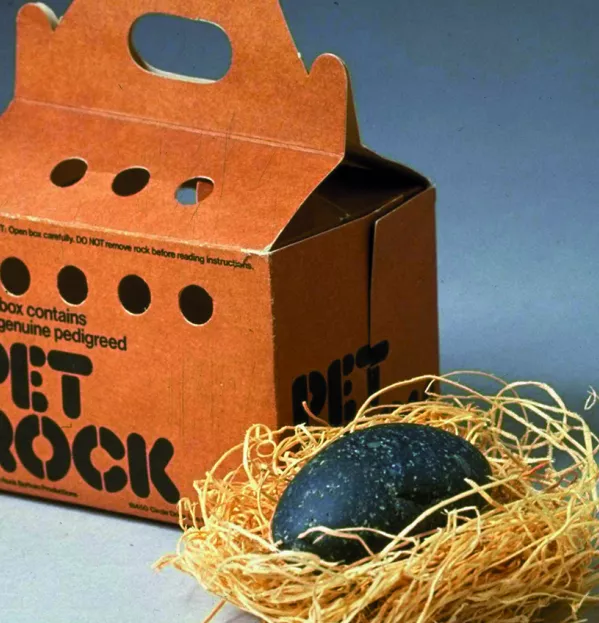Why the subject choices debate is more nuanced than it seems

Politicians have an uncanny knack of developing a one-track mind when it comes to education. One issue becomes totemic of wider decline, attracting partisan sound and fury. Insults are lobbed across the political divide, and, as seems standard in 2019, the public - if, that is, Twitter is any way representative of the public - takes a view based on which “team” they support rather than weighing up anything as quaint as facts.
In 2018, our elected members couldn’t get enough of the Scottish National Standardised Assessments. That fad has passed - now, they’re on to subject choices. As with the SNSAs, this bubbled away for a few years before it blew up. The concern is that Curriculum for Excellence, having promised unfettered choice for the country’s secondary pupils, has, in fact, left them with a diminished palette of subjects.
This is the nub of the argument: under the old Standard Grades, which were laid to rest in 2013, pupils typically took eight subjects in S4; under the current system of Nationals, however, six subjects at S4 seems to have become par for the course. This has provided plenty of fuel for opposition politicians to attack the government, with the ongoing inquiry into subject choices by the Scottish Parliament’s Education and Skills Committee stocking up their supplies at regular intervals.
Until last week, that is, when the committee invited in five local authority education bigwigs, from Aberdeenshire to East Renfrewshire, who pushed back with some force. It was misleading to compare S4 subject choices in the Standard Grade era with those on offer in 2019, they insisted, as there was now an S4-6 senior phase, which students navigated in myriad ways: the range of qualifications they gained could be meaningfully considered only when they left school (and, of course, a far greater proportion of teenagers stay on to the end of S6 than used to be case).
The five-pronged council attack force (if that’s not too purple a description of the mild seething on display) also had another argument to lob the committee’s way: the fixation with the number of subjects taken at National 5 and Higher obscured the many other opportunities on offer these days.
At one East Renfrewshire school, MSPs were told, S5-6 pupils could choose from more than 130 different courses. Critics who simply looked at how many Highers a pupil racked up were using a decidedly old-fashioned yardstick (although, if a university still demands five Highers at one sitting, it remains a legitimate one) and completely ignoring all the other qualifications, apprenticeships and partnerships with colleges and employers found in schools nowadays.
It’s fair to say that such nuance is often hard to discern among the soundbites and point-scoring. However, while the issue of subject choices is not as straightforward as it might seem, that doesn’t mean it’s a politically motivated non-story - far from it.
As one academic said on Twitter, policies such as Developing the Young Workforce undoubtedly mean that, in many places, the number of courses available to pupils is increasing. However, the counterpoint - which is in danger of being lost - was that, while there is more on the menu than in the past, pupils aren’t necessarily allowed to pick as many options as before.
Or, as he put it more succinctly: “It is more choice within a narrower framework.”
The politicians, then, are guilty of failing to understand, or choosing not to recognise, that secondary schools’ offerings are often far richer than they were even a few years ago. By the same token, however, the narrowing of subject choices is a genuine conundrum.
Just because the politicians ignore the counter-narrative of a problem doesn’t mean that the problem doesn’t exist.
This article originally appeared in the 24 May 2019 issue under the headline “Greater choice but fewer options may leave pupils hungry for more”
You need a Tes subscription to read this article
Subscribe now to read this article and get other subscriber-only content:
- Unlimited access to all Tes magazine content
- Exclusive subscriber-only stories
- Award-winning email newsletters
Already a subscriber? Log in
You need a subscription to read this article
Subscribe now to read this article and get other subscriber-only content, including:
- Unlimited access to all Tes magazine content
- Exclusive subscriber-only stories
- Award-winning email newsletters